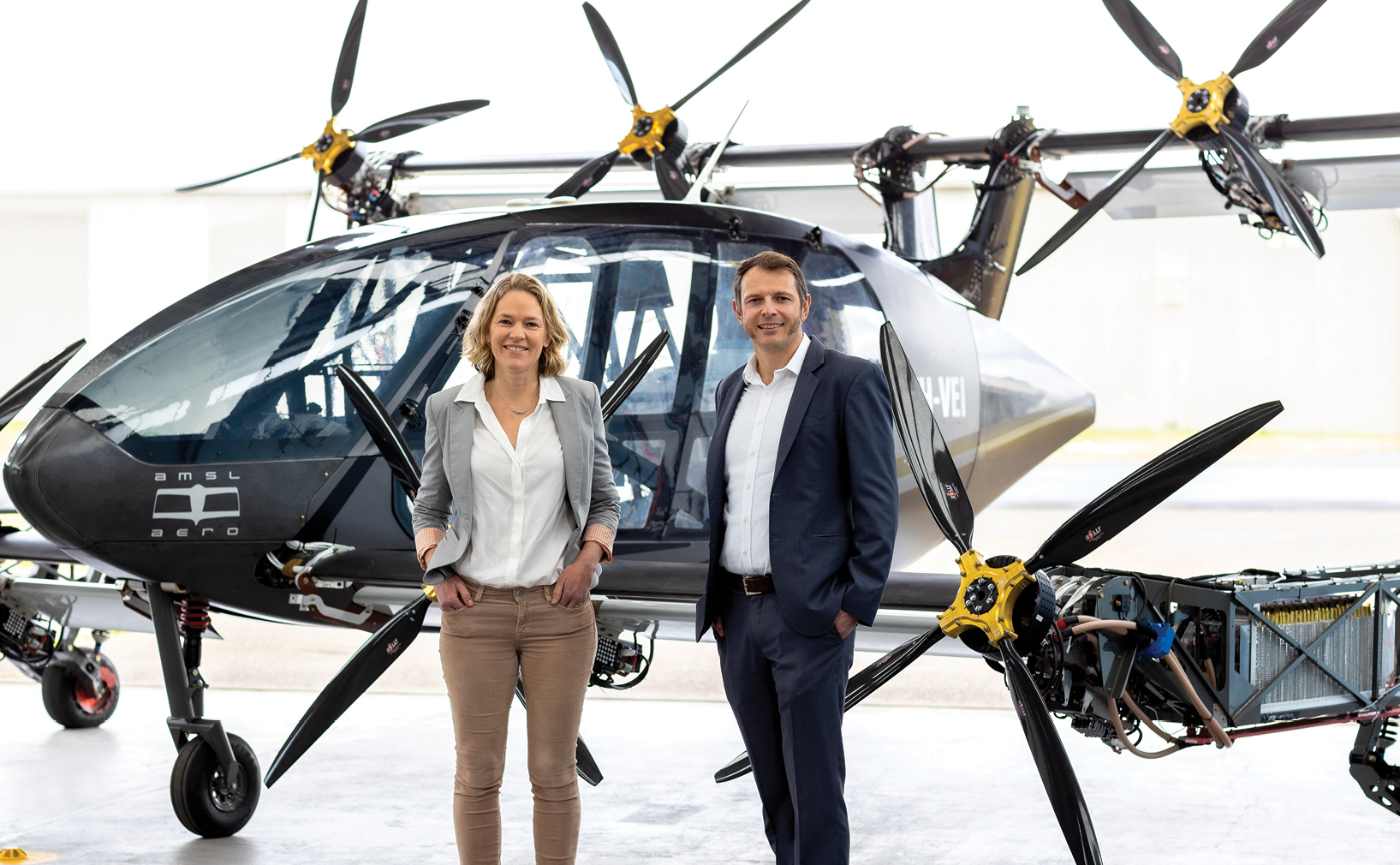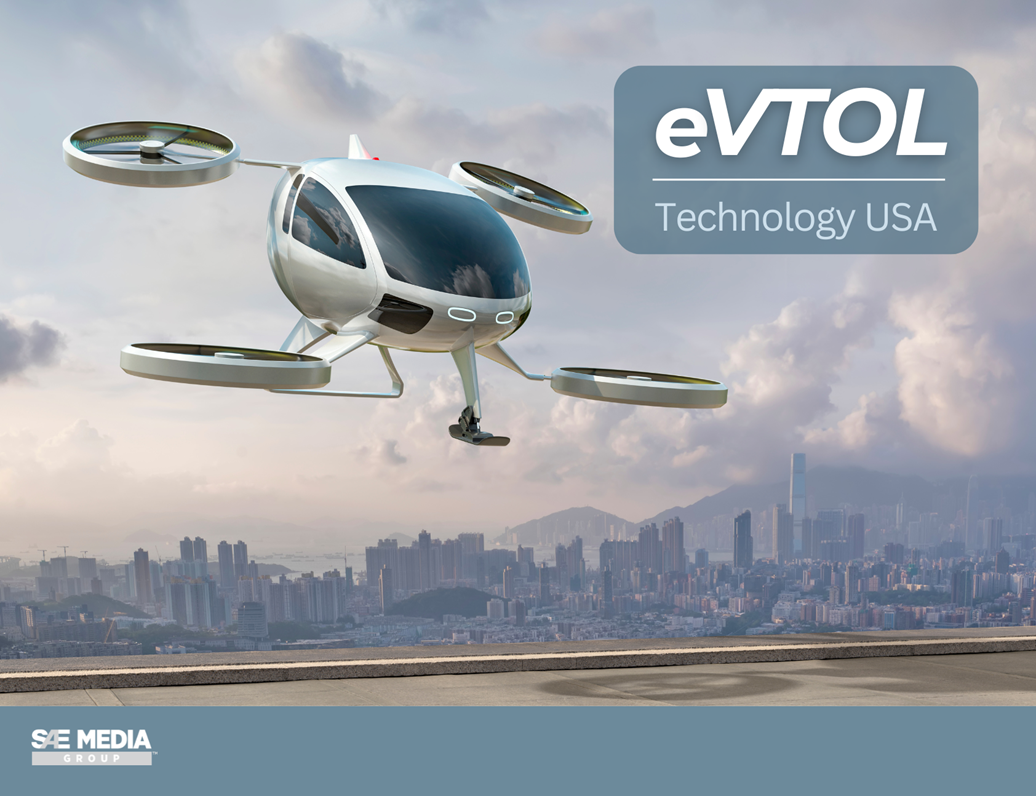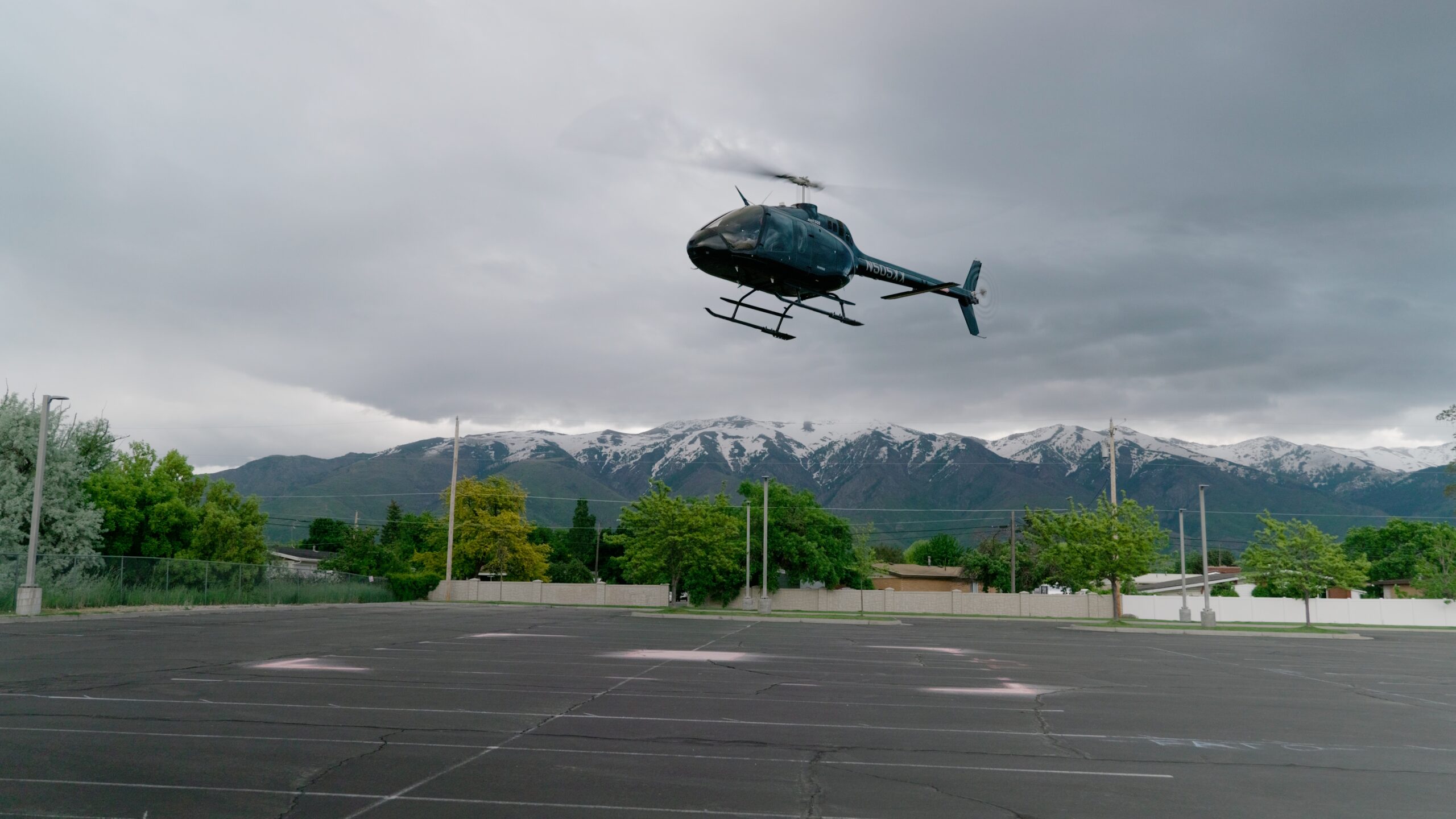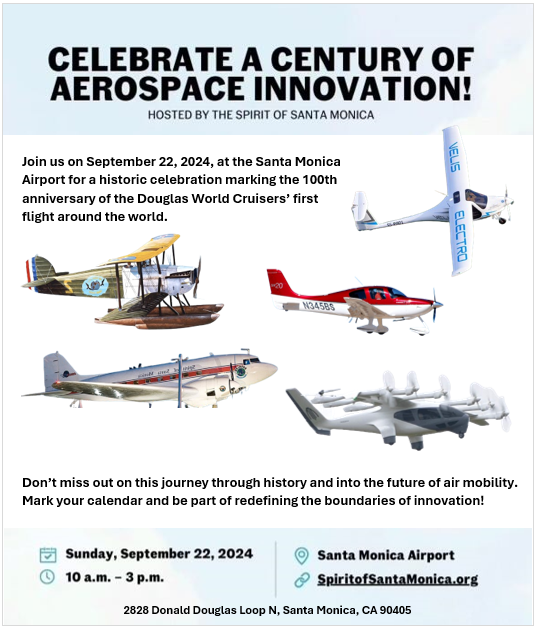
The designers of what is planned to be Australia’s first certified advanced air mobility aircraft say technology and safety go hand in hand.
Safety was at the forefront of Andrew Moore’s thinking when he set out to design and build an Australian advanced air mobility (AAM) aircraft.
The aircraft would be in the spotlight as an Australian first and Moore knew a key market in his sights, medical transport, would demand the highest levels of reliability.
At the same time, the electric vertical take-off and landing (eVTOL) vehicle would need to have strong economic and ecological advantages.
It’s a balance Moore believes he has struck in Vertiia, which earlier this year became the first Australian-made AAM aircraft to apply for Civil Aviation Safety Authority type certification.
The eVTOL has been under development for several years by AMSL Aero, the NSW company Moore co-founded with Google executive Siobhan Lyndon.
Some of the key design objectives are to be able to accommodate 5 people with a range of 1,000 km using a hydrogen fuel cell to power its 8 electric engines and a cruise speed of 300 km/h (160 kt).
Although the aircraft has been pitched initially at the medical transport market – particularly in rural, regional and remote Australia – there are also air taxi, cargo and other emergency service possibilities.
The Vertiia is part of a new breed of aircraft aiming for zero operational carbon emissions and a smaller noise footprint compared to conventional aircraft.
Safety was at the forefront of Andrew Moore’s thinking when he set out to design and build an Australian advanced air mobility (AAM) aircraft.
The aircraft would be in the spotlight as an Australian first and Moore knew a key market in his sights, medical transport, would demand the highest levels of reliability.
At the same time, the electric vertical take-off and landing (eVTOL) vehicle would need to have strong economic and ecological advantages.
It’s a balance Moore believes he has struck in Vertiia, which earlier this year became the first Australian-made AAM aircraft to apply for Civil Aviation Safety Authority type certification.
The eVTOL has been under development for several years by AMSL Aero, the NSW company Moore co-founded with Google executive Siobhan Lyndon.
Some of the key design objectives are to be able to accommodate 5 people with a range of 1,000 km using a hydrogen fuel cell to power its 8 electric engines and a cruise speed of 300 km/h (160 kt).
Although the aircraft has been pitched initially at the medical transport market – particularly in rural, regional and remote Australia – there are also air taxi, cargo and other emergency service possibilities.
The Vertiia is part of a new breed of aircraft aiming for zero operational carbon emissions and a smaller noise footprint compared to conventional aircraft.












